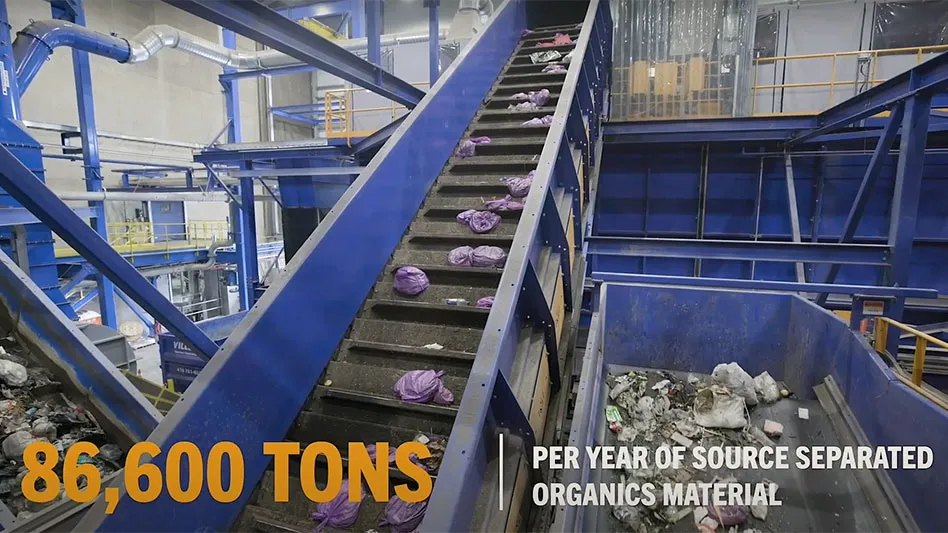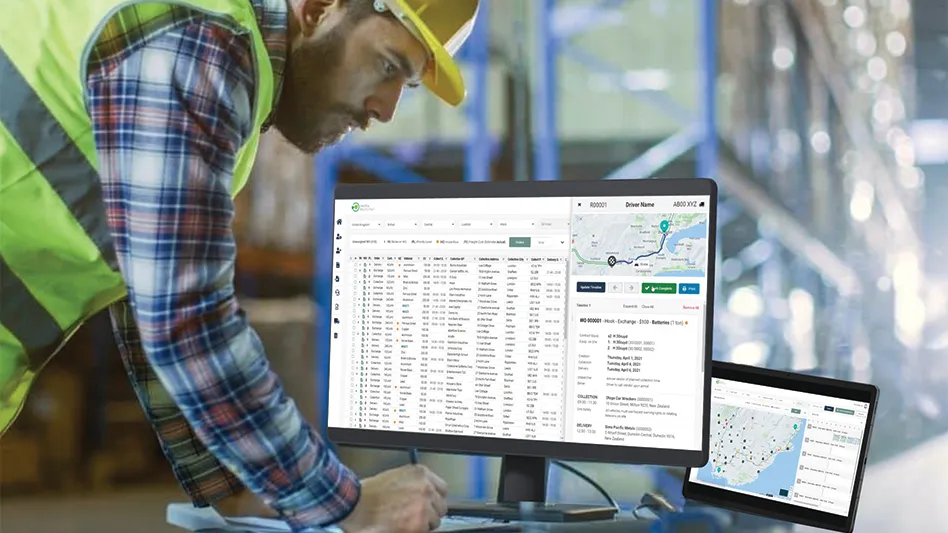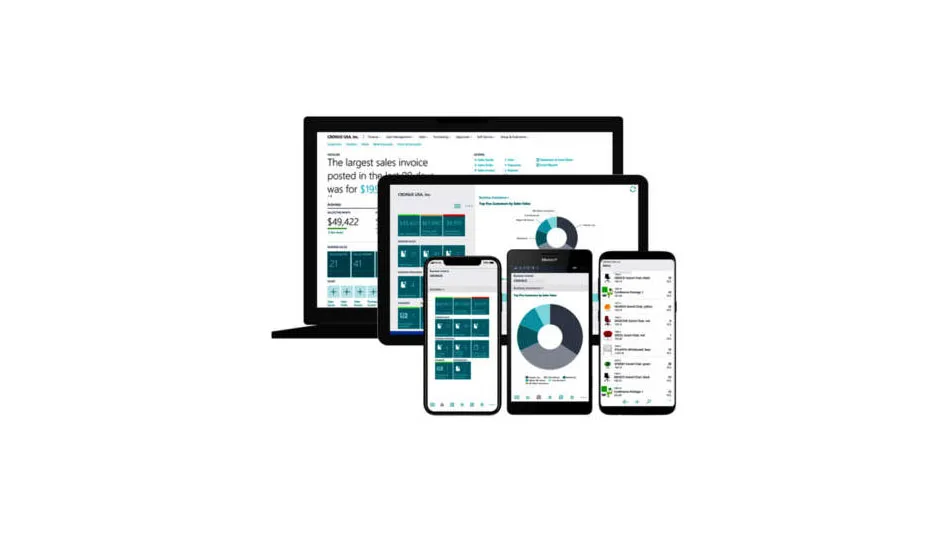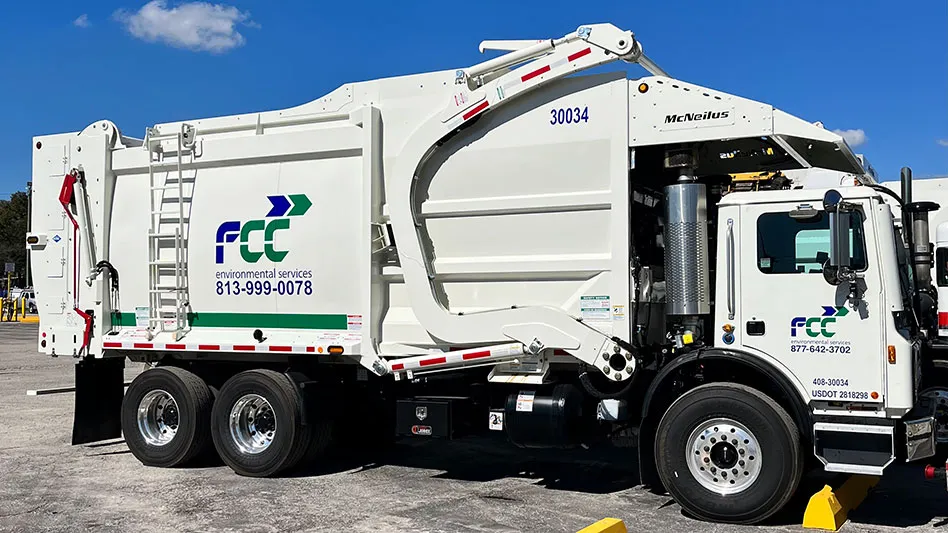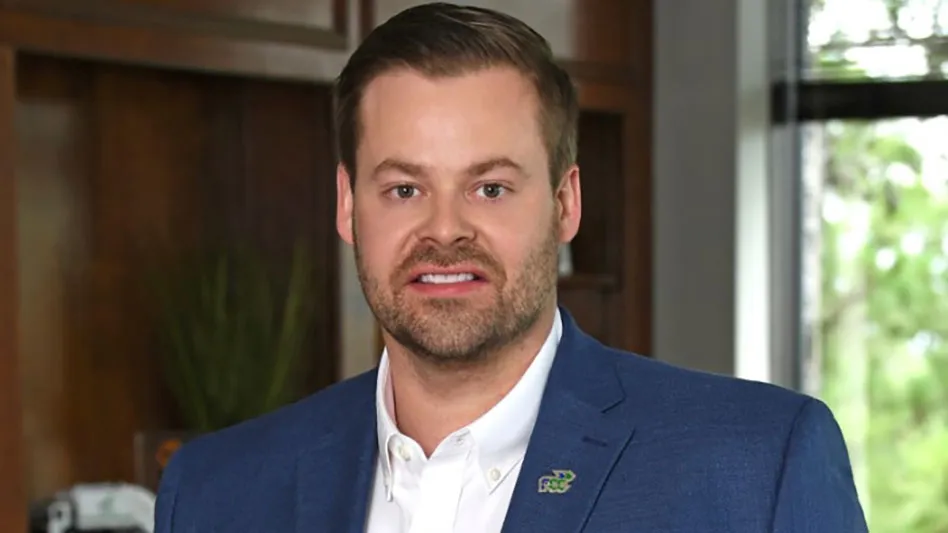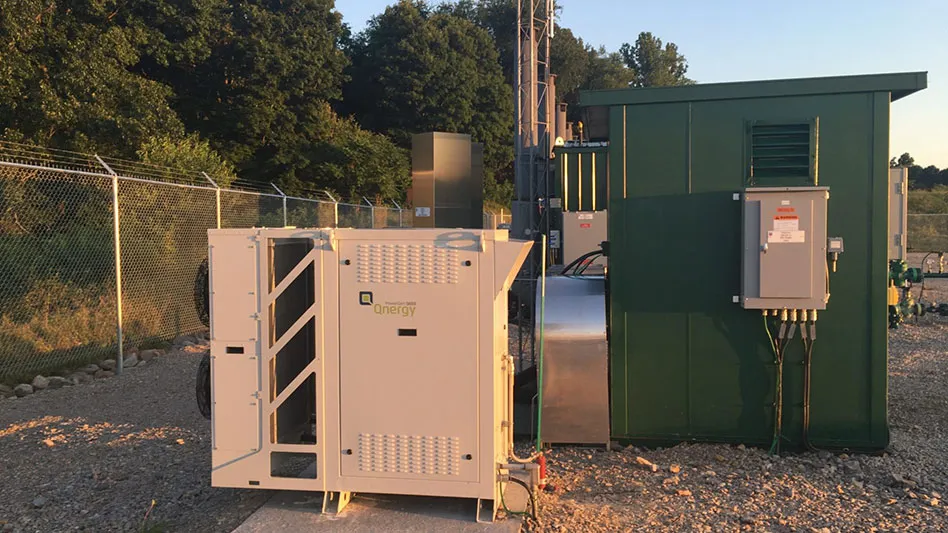
While Erik Levy’s classmates at Denison University were busy producing waste at the college’s dining halls and fraternities in the late 1980s, Levy was getting his start collecting it.
As part of his on-campus job, Levy would collect cardboard from across the university and take it to a local recycler. Upon graduation, Levy got the idea to take the concept of cardboard recycling back to his hometown of Boston.
In 1990, armed with just an old 1971 Volkswagen Double Cab (half pickup truck, half bus), Levy founded Save That Stuff to serve commercial customers throughout the metropolitan Boston area.

“Back in 1990, it was the 20th anniversary of Earth Day and there was a little bit of a resurgence of recycling happening at the time,” he says. “That’s right when curbside recycling began to be widely adopted. I just started picking up cardboard and making it cheaper for companies to recycle rather than pay the trash haulers to take it away.”
Levy says that at the time, the local recycler was charging him $15 per ton to dispose of his cardboard, a year later that dropped to $0, and in 1995 cardboard was going for $200 per ton, earning the moniker “brown gold.” Levy noted that when this gold rush abruptly ended months later as commodity prices dropped, his company diversified its offerings and began collecting things like office paper and mixed paper, as well as commingled and single-stream materials from accounts such as retail businesses, restaurants, hotels, hospitals, schools and other commercial entities.
Getting into organics
As Save That Stuff expanded its collection offerings, so too did the business. Always on the lookout for new opportunities, Levy realized that the time was ripe for organics collection.

“Around 14 years ago, we started to realize that organics were kind of the next area of untapped potential for us,” Levy says. “Not too many businesses were collecting this material for recycling. We became one of the early collectors in the area. Harvard was one of our first customers and then we started putting out separate food waste barrels for back-of-the-house clean food scraps at coffee shops and the more progressive companies that were interested in composting and diverting their food waste.”
Levy says the company would transport these food scraps to farms across the city where they would be used to generate clean dirt at outdoor windrow composting sites.
“There was always a tip fee, back when we started it was around $30 per ton that we had to pay the farms, but we were trying to keep the service at worst case, cost neutral, but in the best case, cheaper than trash, which was $80 to $90 per ton back then,” he says. “Ultimately, we did fine sending this material for composting, but we wanted to be more vertically integrated and get into processing this material ourselves.”
Levy says that he traveled to Europe to visit anaerobic digestion facilities in Switzerland and Germany to see how Save That Stuff might build a facility of its own. However, Levy says, the economics ended up not adding up.
Around the same time, Houston-based Waste Management serendipitously came to Levy with a proposal that worked for all parties.

“Waste Management approached us and said, ‘You guys have the organics volume. You have a centrally located site in the city. Could we build an organics transfer station at your location?’ After trying to do it ourselves, I thought that this made a lot of sense,” Levy says.
Levy continued, “Our location was part of it, but I think that the most important thing was the volume we had. We had the organics customers and [Waste Management] wasn’t going to build a facility themselves and hope that it worked—they needed to make sure they had the volume component figured out. So, it was a natural fit where we would host the facility and get a preferred price for tipping, they would build the site, and we’d kind of co-market the project together.”
The Core of the issue
The site, which became known as Waste Management’s Centralized Organic Recycling (CORe) facility, opened in 2016. CORe accepts more than 100 tons of source-separated organics per day, with material coming from Waste Management, Save That Stuff and third party haulers. According to Levy, Save That Stuff is responsible for bringing in the majority of the volume.
Levy says that after the passage of the Massachusetts Department of Environmental Protection (MassDEP) Commercial Organics Disposal Ban in 2014, which requires food and vegetative material from businesses and institutions that dispose of one ton or more of that material per week to be diverted from landfill, anaerobic digestion became a natural solution for dealing with a more complex waste stream. While at first the city didn’t have the capacity to deal with this waste, CORe helped provide an outlet for commercial operators.

“One of the challenges [with the Commercial Organics Ban] was compostable service ware was suddenly everywhere—everyone had their way of complying and feeling green, which was to go out and buy compostable plates, cups, forks and knives, and plastics derived from polylactic acid (PLA),” Levy says. “In addition, there was packaged food waste and other organic waste with contamination in it you had to contend with. And there wasn’t enough infrastructure in place to handle that, so all the outdoor compositing facilities that I was working with reached their saturation point. … Our way of dealing with this was partnering with Waste Management on CORe, where 8 to 10 percent contamination by weight is incidentally acceptable.”
Upon arriving at the facility, material is sorted and depackaged, with non-organic contamination being collected and sent to a local waste-to-energy facility. Through Waste Management’s patented CORe process, incoming organics are then converted into an engineered bioslurry (EBS), which is sent to the nearby Greater Lawrence Sanitary District wastewater treatment plant. At this plant, biogas is produced through anaerobic digestion to be used for renewable energy via electricity or heat.
Looking at what’s next
Levy’s collection operations that began with a single truck have evolved significantly over the last three decades. His fleet, which is comprised of 30 trucks, has four routes for organics alone that generate 500 tons a week. In total, the company’s annual revenue is $20 million.
While Levy says the company will continue to look for different waste streams that allow the company to diversify its offerings, organics collection appears to have a bright future.
“I’m learning how sought-after the commodity of good, clean dirt is, especially around the Midwest where it’s essential for farming. And in urban areas, places with high disposal and high energy costs, anaerobic digestion is a great solution,” Levy says. “I think organics collection is only going to grow, and when municipalities and residents truly understand the energy value of organics and they see disposal prices continue to rise, I believe organics recycling will continue to be an important part of the solution.”

Explore the March 2020 Issue
Check out more from this issue and find you next story to read.
Latest from Waste Today
- AMCS showcasing Performance Sustainability Suite at WasteExpo
- New Way and Hyzon unveil first hydrogen fuel cell refuse truck
- NWRA honors award recipients during annual breakfast at WasteExpo
- Rubicon selling fleet technology business, issuing preferred equity to Rodina Capital
- Machinex to feature virtual tour of Rumpke MRF at WasteExpo
- Reworld releases 2024 sustainability report
- Novolex invests in Ozzi
- Routeware to unveil product updates at Waste Expo
